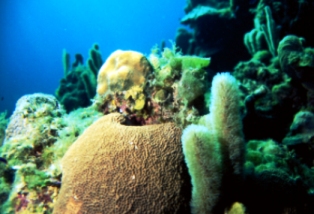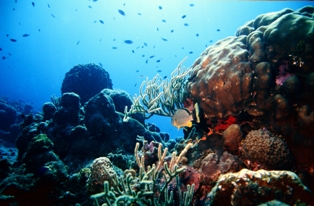Coral reefs and its importance:

Coral reefs are limestone structures that have grown over millions of years, and its surface is covered by the corals (polyps) and micro algae that permeate its tissue (zooxanthellae), formed mainly in tropical shallow oceans.Coral reefs and coral regions generally have a wide biodiversity variety and are rich in marine life. Approximately 25% of marine life is housed in coral reefs regions, and represent not only an important link in the food chain as in the marine life harmony.In some areas, coral reefs are serving as a barrier to prevent shoreline erosion by waves.Surveys published indicate that globally we have about tens of millions of people who have been living from fishing activity in coastal areas and that this number may raise for hundreds of millions if we consider also the tourist activity.

The Earth’s actual lungs, responsible for producing 70% of the oxygen we are breathing, are represented by plants in the oceans, whether in the form of phytoplankton, sea grass and macro or micro algae found mainly in coral environments.Oceans are covering three quarters of Earth’s surface and are the major means of reprocessing CO2 from our atmosphere. The death of corals and their algae, caused by massive bleaching, are reducing that capacity and are increasing oceans acidification.
Watch video Hidden City On Earth.Org, subtitled in Portuguese, to better understanding of corals:
http://www.youtube.com/watch?v=pFGQpjJMrUI
Know and understand what is threatening our Planet’s coral reefs in the topic